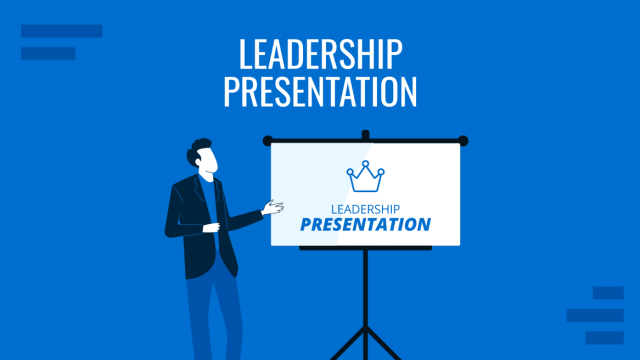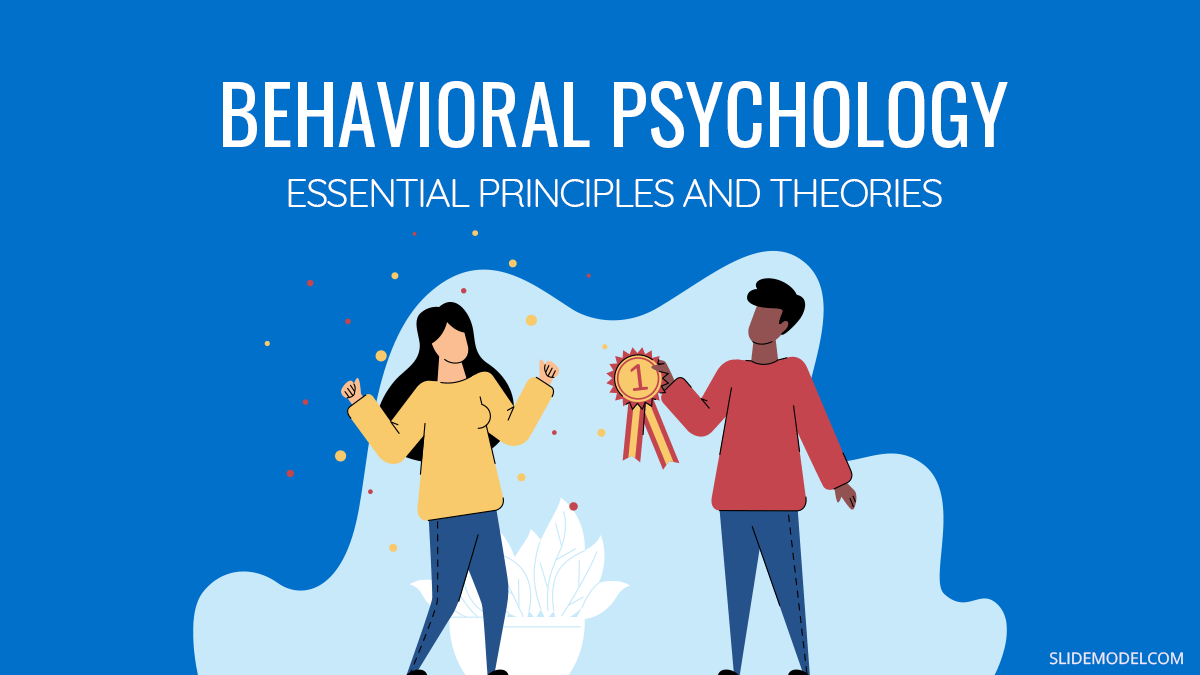
Humans are complex creatures. Our day-to-day actions are shaped by emotions, values, beliefs, and external factors such as interactions with other members of society or environmental stressors. Behavioral psychology puts a microscope on the latter and attempts to decode why we behave the way we do under various circumstances.
What is behavioral psychology?
Behavioral psychology studies observable human behavior in an attempt to understand the human mind. It is primarily concerned with the internal factors that shape our behaviors in various settings.
Also known as behaviorism, a more formal behavioral psychology definition, proposed by the Standford Encyclopedia of Philosophy, is this one:
“Behaviorism is an attitude — a way of conceiving of empirical constraints on psychological state attribution. Strictly speaking, behaviorism is a doctrine — a way of doing psychological or behavioral science itself.”
The above definition may sound a bit vague (as the author also admits). However, trying to confide a lofty concept of “behavior” into a succinct “box” isn’t an easy task. For that reason, there exist many different behavioral approaches to studying how human cognitive beliefs, desires, and preferences manifest in specific behaviors.
Who Founded Behavioral Psychology?
Psychologist John B. Watson is most commonly cited as a founding father of cognitive-behavioral psychology. Though Watson was not the pioneer of behaviorism research, he formalized and expanded upon an array of earlier behavioral theories in this classic paper, “Psychology as the Behaviorist Views It.”
Other proto behaviorist ideas that impacted Watson’s thinking include:
- Studies done by British Empiricists such as John Locke and David Hume. They were among the first to argue that intelligent behavior is a result of associative learning.
- Ivan Pavlov’s classical conditioning theory, describing how behavior changes under the application of different stimuli.
- B.F. Skinner developed the theory of operant condition that explores how different rewards and punishments can promote learning.
Furthermore, some aspects of the behaviorist theory were explored by Edward Thorndike (the law of effect) and Clark Hull (drive theory). We’ll revisit these later in the post.
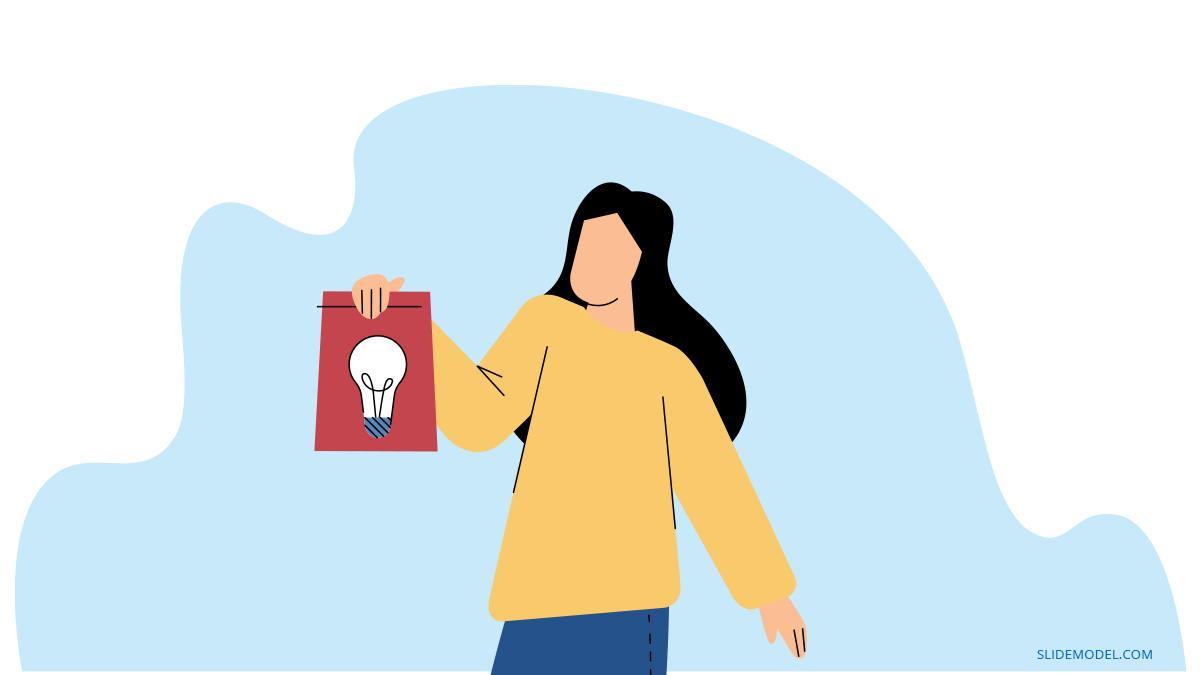
Main Principles of Behavioral Psychology
The behaviorism theory formalized a set of baseline principles for analyzing human behavior, ability to learn, and improve. Today, many other schools of thought borrowed by the key principles of the behavioral theory. And so did successful leaders.
So if you are wondering how behavioral psychology can help you improve your interpersonal skills, deliver better professional presentations, or enhance your leadership abilities, here are the principles to remember, plus everyday behavioral psychology examples.
All Behavior is Learned From the Environment
Behaviorists believe that environmental factors have a strong impact on our learning. We adopt new behaviors through conditioning.
Conditioning is the process of accustoming someone to act in a certain way under specific circumstances.
The two main types of conditions are classical, and operant conditioning collectively referred to as “learning theory.”
Classical Conditioning
Discovered by Russian physiologist Ivan Pavlov, classical conditioning is a type of unconscious learning that emerges as a conditioned response to a specific stimulus. Continuous influence to such stimulus fosters the formation of a specific behavior.
Pavlov famously did his experiments on dogs. But John B. Watson also tested classical conditioning responses among humans. In the experiment with Little Albert, he found that the child developed a fear of rats after repeatedly showing a lab rat alongside loud, scary sounds. Albert’s fear also generalized to other white fuzzy objects resembling a rat.
Among adults, classical conditioning often happens too. For example, at your previous job, everyone went to lunch at noon. Now, you always feel hungry around that time. Or you were always criticized by your former boss for your PowerPoint presentations. Now you hate doing business presentations for an audience.
In essence, a positive or negative conditioning stimulus fosters the development of an unconditional response to a certain stimulus.

How You Can Apply Classical Conditioning Principles
Conditioning can help reinforce positive habits and behaviors. For example, if you leave your office door open every day at 11 am and act happy when an employee shows up to discuss their issue (as part of your open-door policy), over time, all employees will become “conditioned” to the idea that open door means a good time for a discussion.
Operant conditioning
Proposed B.F. Skinner, the pioneer of radical behaviorism, operant conditioning refers to a method of learning reliant on rewards and punishment for different behaviors. Such conditioning aims to promote the development of an association between a certain behavior and a consequence (positive or negative) of their actions.
Skinner believed that actions are louder than words. He thought that only external, observable causes of human behavior are important, whereas internal thoughts and intrinsic motivation don’t play an important role. Today, most agree that this is shortsighted.
Yet, Skinner’s theory still has its merit. The principles of operant conditioning are applied in many spheres of life today, from law enforcement to education and even technology. For example, an approach to training AI algorithms called “reinforcement learning” codifies the principles of seeking reward and experiencing punishment in training neural networks.
A simpler everyday example of operant conditioning would be: Giving a badge to a student who did well but scolding those who did. Praising well-designed presentation templates but criticizing those who didn’t do well.

How You Can Apply Operant Conditioning Principles
Positive reinforcement is a common workplace management tactic. Many motivational and employee engagement programs are based on these premises. Companies leverage positive stimuli such as reward schemes, promotions, or other work incentives directly related to performance to encourage the workforce. However, few choose to go with the harsher “punishment” factor proposed by Skinner.
Behaviorism Emphasizes Observable Behavior over Internal Events
The behavioral theory acknowledges emotions and cognitive feelings. But since these cannot be effectively observed and scientifically measured, researchers choose to focus on behaviors instead.
Indeed, studying emotions is challenging because they manifest in many ways due to different triggers. But it’s easier to analyze the implications of rational and irrational behaviors and control them.
For example, when working on an important business presentation you may experience a wide range of positive and negative emotions:
- Excitement, because you are eager to do your best
- Anxiety due to impostor syndrome, nerves, or lack of time
- Anger because your PowerPoint template doesn’t look right
Cumulatively, these emotions will lead to a specific outcome, such as a good or bad presentation. Behaviorists then attempt to study your actual behavior and determine which stimulus could have gotten you into a better mindset.
If you feel anxious, seeing support from the audience or receiving a pep talk from a mentor before entering the room is a positive stimulus that can impact your behavior.

Behavior is the Result of Stimulus-Response
According to Watson, the purpose of psychology is:
“To predict, given the stimulus, what reaction will take place; or, given the reaction, state what the situation or stimulus is that has caused the reaction.”
In other words, all our actions can be explained through a response to various stimuli and that’s what behavioral psychology attempts to do.
Other behavioral theories built upon those premises and proposed extra explanations to how external conditions impact our well-being and actions.
Past Experiences Shape our Present
The above idea isn’t new, but it was recently reconfirmed in new research. Most people who behaved in a certain way at one point in time are likely to do so again. The perception of our past actions influences our decision to repeat that behavior. So if we got positive feedback, praise, or another reward, we’d try to seek the same outcome again.
The above tendency can be helpful to build habits. Since our brand loves multiplying the reward, we can identify a current habit that makes you feel good and then add another one on top. This approach is called habit stacking.
The habit stacking formula is simple yet powerful because it feeds into our past beliefs:
After or before [CURRENT HABIT], I will [NEW HABIT].
For example:
- After I pour my cup of coffee each morning, I will meditate for one minute.
- Before I start editing my presentation, I will fact-check all the claims.
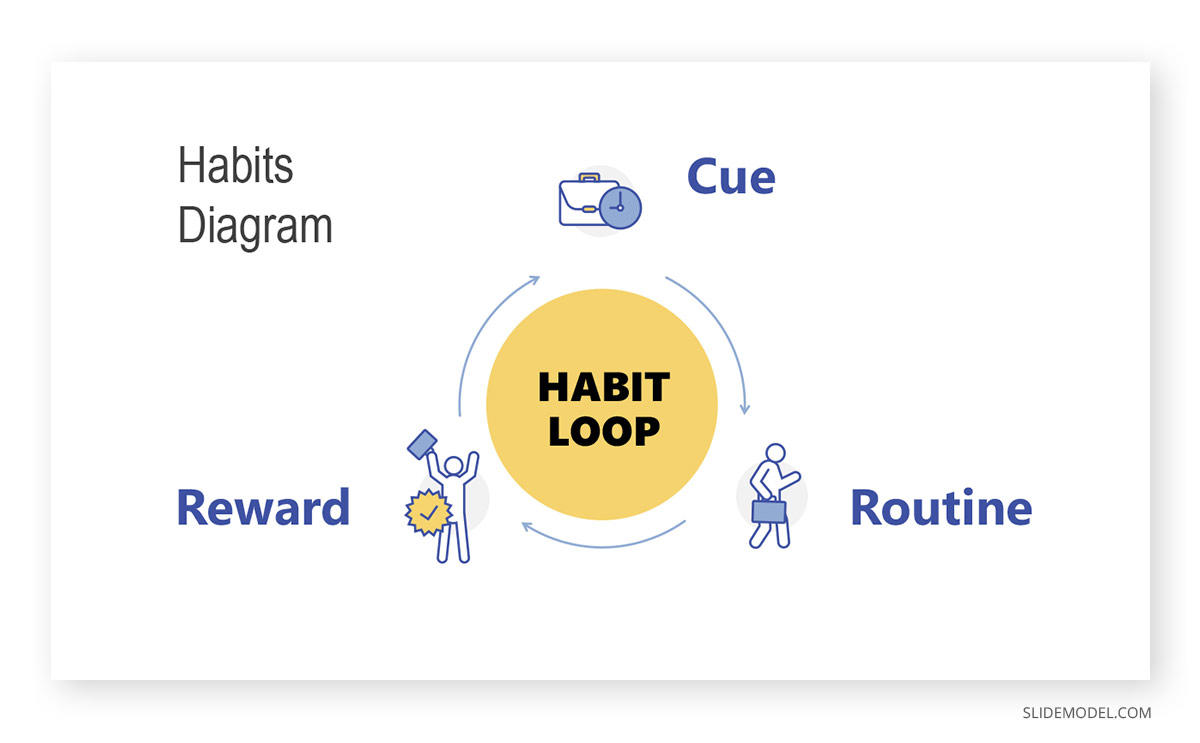
The Law of Effect
Developed by Edward Thorndike, the law of effect suggested that we’ll repeat actions that have a satisfying effect in a particular situation but avoid behaviors that cause us discomfort.
For example, if you used a specific opening slide during your last presentation and everyone loved it, you’d probably re-use it several more times.
The law of effect also comes in handy for building positive habit loops. That is when you use some preceding event, timing, or positive stimuli to trigger a specific action.
For example:
- Running makes me feel good, so I should do it more often. Thus, I’ll ask a friend to be my accountability partner and ring me up whenever they go for a run.
- Staying too late working on my presentation made me anxious and cranky the next day, and I bombed the delivery. Next time, I won’t strive for perfection and get wrapped up earlier.

Drive Theory of Learning
Proposed by Clark Hull and further developed by his collaborator Kenneth Spence this theory transposed the concept of homeostasis to psychology.
Hull noticed that our body psychologically tries to maintain a state of equilibrium. For example, you sweat when it’s too hot to regulate temperature. The researcher thought that subconsciously this affects our actions. We become motivated when our body wants to balance out certain biological needs, and we work to reduce that tension. Hunger, thirst, pain is common “triggers,” activating action, according to Hull.
However, one of the biggest problems with Hull’s drive reduction theory is that it does not account for how secondary reinforcers. These include specific situations that reinforce the behavior (e.g., a reward, specific timing, etc.) after it becomes associated with a primary reinforcer.
For example, a primary reinforcer — a treat can make your child happier, but they’d probably ignore the secondary reinforcement — praise — as another conditioning factor for their behavior.
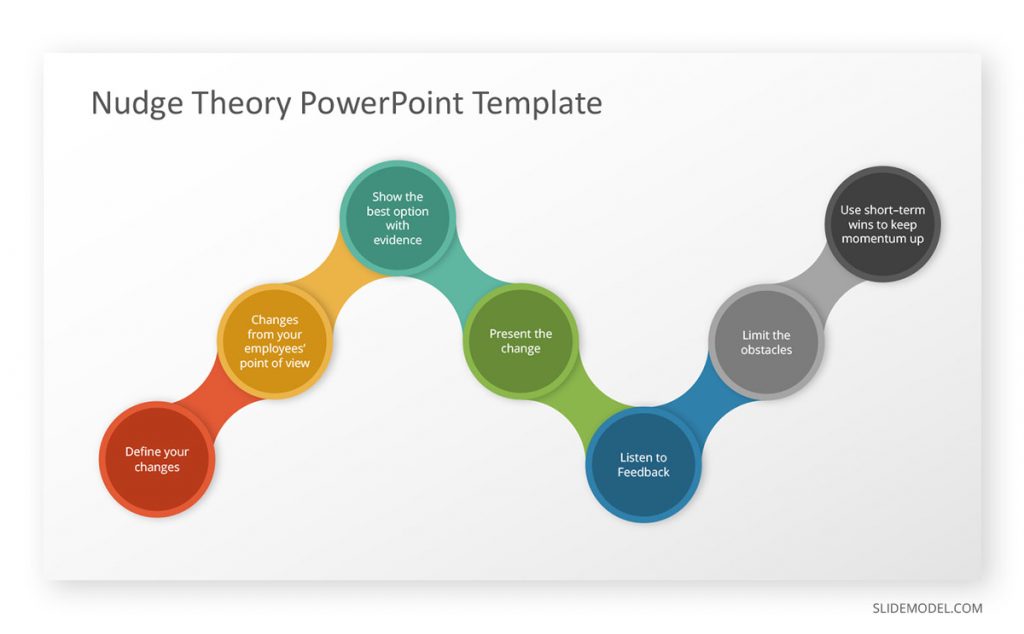
To Conclude
The behavioral perspective in psychology had a strong impact on many other areas of research, such as behavioral economics, as well as our day-to-day lives. By learning to analyze your behaviors and external factors, you can control your own actions and manage others. While not all principles of behavioral psychology can (or should be) applied towards yourself and others, some of them are pretty helpful to know, as this post showed.

